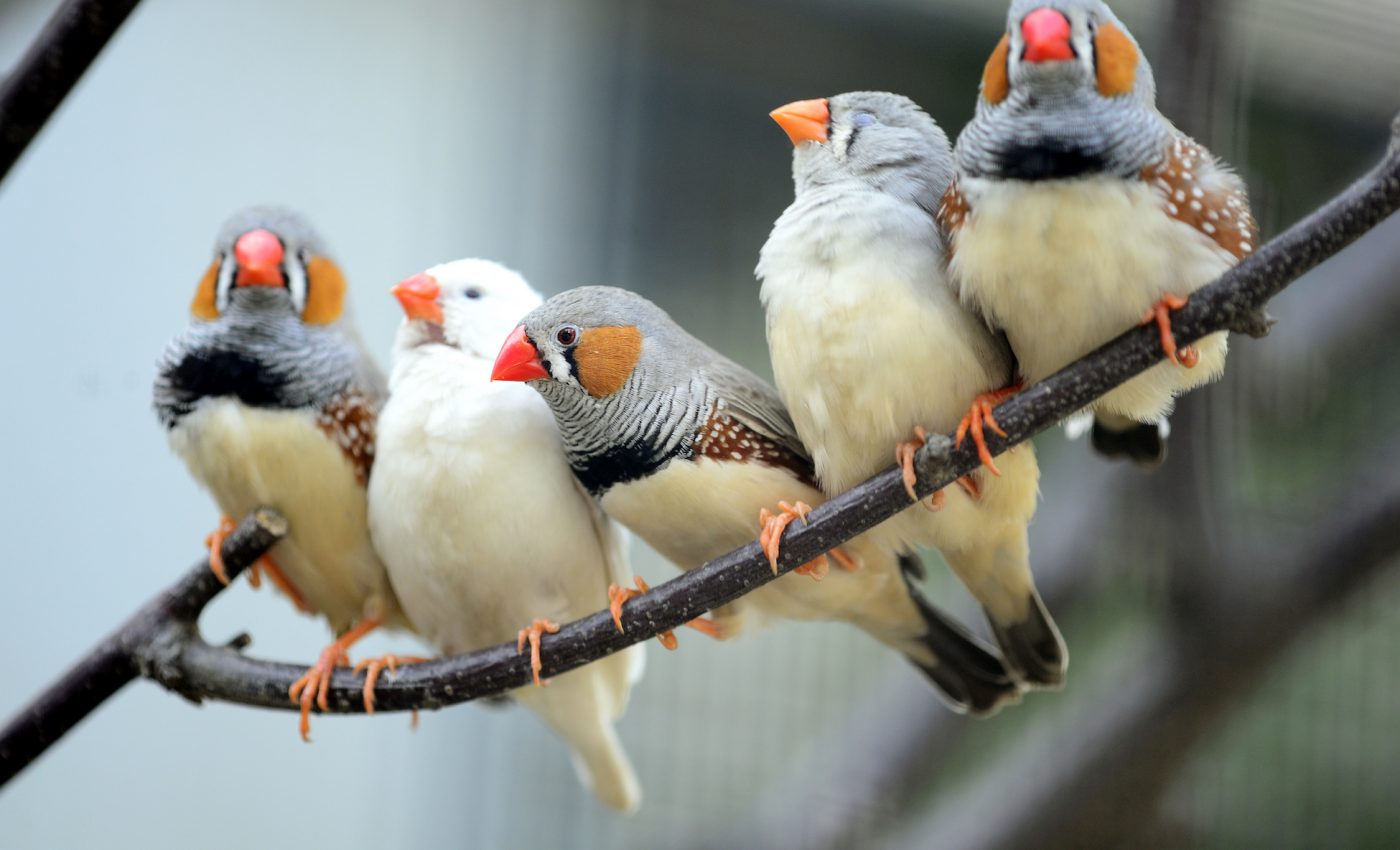
Traffic noise can speed up the aging process for some birds
A new study published by Biomed Central has found that traffic noise may be linked to an increased rate of telomere loss, which accelerates the aging process, in Zebra finches that have left the nest.
Telomeres are protective caps on the ends of chromosomes that prevent damage to DNA strands during cell division. The shortening of telomeres indicates accelerated biological aging.
Researchers at the Max Planck Institute for Ornithology and North Dakota State University teamed up to investigate the effect of traffic noise on the telomere length of offspring Zebra finches.
The study revealed that Zebra finches who had been exposed to traffic noise after leaving the nest had shorter telomeres at 120 days than finches with less or no exposure.
“Our study suggests that urban noise alone, independent from the many other aspects of city life, such as light pollution or chemical pollution, is associated with increased telomere loss and may contribute to aging in Zebra finches,” said study co-author Dr. Adriana Dorado-Correa.
“Our study is a first step towards identifying the causal mechanisms that may account for differences in life span observed between birds living in urban or rural environments.”
Dr. Sue Anne Zollinger added: “Cellular aging as a result of urban stressors is something that may not have a very visible impact, but our study indicates that although birds may seem to be adapting to life in noisy cities, they may actually be aging faster.”
“It may be important to consider developmental stages in birds when studying the effects of urbanization, as the mechanisms by which these human-induced habitat changes impact individuals may change throughout their lifetime.”
The study results suggest that birds are more vulnerable to noise between 18 and 120 days after hatching. For Zebra finches, in particular, this is the time in life when they begin learning songs, which could make them more sensitive to noise.
The study is published in the journal Frontiers in Zoology.
—
By Chrissy Sexton, Earth.com Staff Writer












